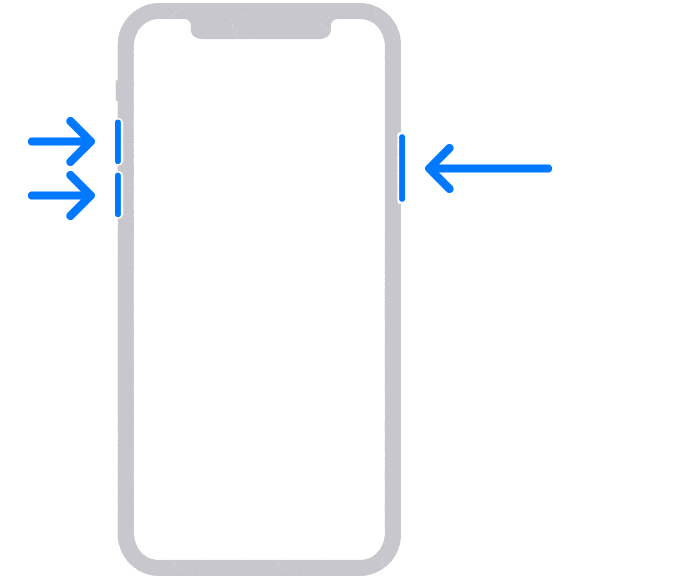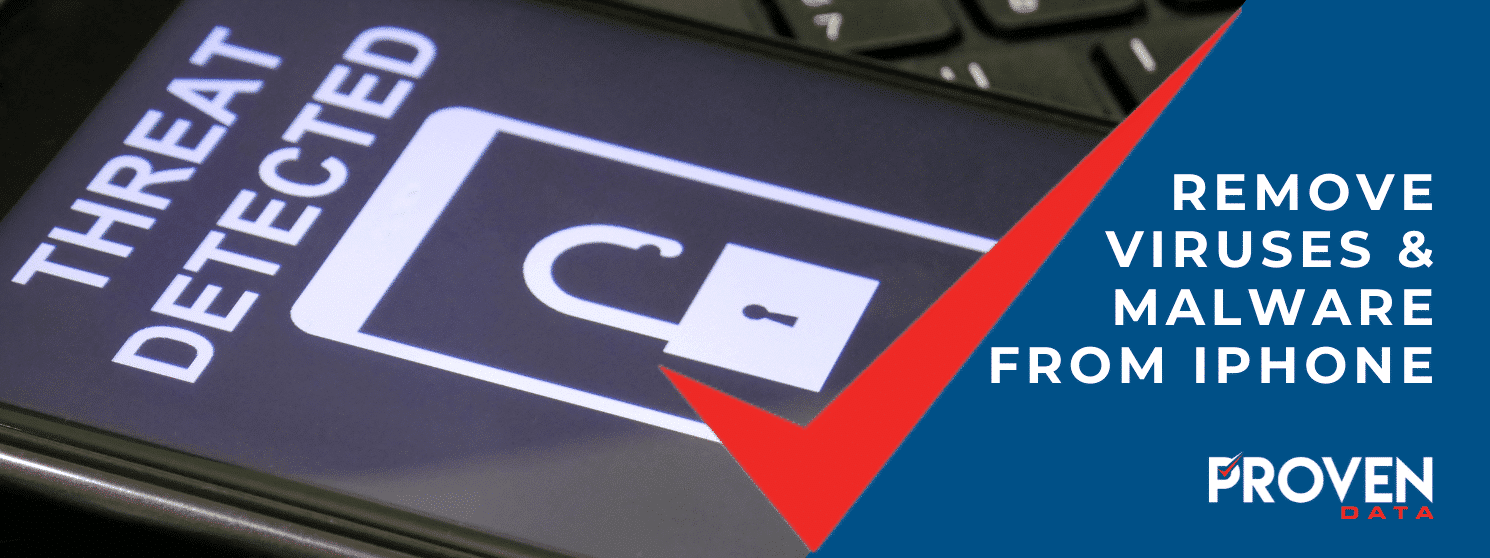Although the iPhone is considered a very secure device, users can let threats in unwillingness.
In this article, you will:
- Learn how to remove viruses and malware from your iPhone
- See how to check your iPhone for malicious files
- Know ways you can protect your iPhone from viruses and malware
As an iPhone user, you may be concerned about viruses and malware getting onto your device. After all, iPhones have a reputation for being secure. However, no electronic device is completely safe from malicious threats. If you’re experiencing issues with performance or certain apps on your iPhone, a virus or some other type of malware might be present.
Thankfully, there are ways to remove viruses and malware from your iPhone so that you can get back to using it as normal.
How To Remove Viruses and Malware From Your iPhone
Once you realize that something is wrong with your device, you must scan it for viruses and malware. Use a secure and trustworthy antivirus app for it.
Then, you can try the following solutions to remove the virus from your iPhone and save your data.
Solution 1. Run a virus scan/malware removal program
There are many antivirus and security apps available for iPhone in the App Store that can detect, quarantine, and delete any malicious files or software from your device.
Use the one with better reviews and that has security certificates.
Solution 2. Put your iPhone in recovery mode
You can restart your iPhone in recovery mode and then restore it from an iCloud backup. This might eliminate the virus, but will also remove any non-authorized Apple app as it eliminates jailbreaking.

Solution 3. Uninstall suspicious apps/files
If you have downloaded any potentially malicious apps or files, it’s best to remove them as quickly as possible to ensure that no further damage is done.
To do this, go to your phone’s Settings > General > Storage & iCloud Usage > Manage Storageand select the app or file you want to uninstall.
Choose “Delete App” or “Remove Downloaded File” and follow the instructions on the screen.
Solution 4. Clear your iPhone’s browsing history and data
If you believe the virus on your iPhone was due to a malicious link, cleaning the browsing history may help you get rid of it.
Go to Settings > Safari > Clear History and Website Data. Then, tap Clear History and Data.
Solution 5. Contact data recovery service
If after trying every solution your iPhone is still infected, or if the malicious software has caused any data loss, a ransomware removal and recovery service can help you. They will be able to help you recover any lost information and restore your device to its original state.
Contact Proven Data experts 24/7 for emergency data recovery service.
What are the signs of a virus on an iPhone?
A few signs allow you to detect when a virus or malware finds its way into your device. Pay attention to them so you can act fast in case of a cyberattack.
1. Slow Performance
If your device is suddenly running slower than usual and you’re experiencing lag when switching between apps or general sluggishness when performing tasks, it may be a sign that something is amiss with its operating system (OS).
2. Pop-Ups & Ads
An infected device will often be bombarded with pop-up ads and other intrusive notifications, which can indicate that there is some form of malware present on the device.
3. Unknown Apps
If you notice unfamiliar apps appearing on your device, this could be a sign that someone has installed malicious software onto it without your knowledge.
4. Battery Drain
Malware can often cause battery drain, as the
malicious software runs in the background and uses up valuable
processing power. This leads to faster draining of the battery.
5. Unusual Messages & Activity
If you start receiving strange messages or emails from unknown addresses, or if there is unusual activity related to your device (such as unauthorized purchases), it’s possible that someone may have gained access to it and installed malicious software into your iPhone.
How can iPhones get infected by viruses and malware?
Apple provides high-security levels for their devices, which makes it nearly impossible for unauthorized access. However, users can make mistakes or not follow security protocols when using their iPhones. And this can leave vulnerabilities that threat actors can exploit to access the device’s data, including the apps installed.
To prevent malicious actors from accessing your iPhone, you must take proactive security actions.
These are the most common ways viruses and malware get into your iPhone:
1. Unsecured Wi-Fi Networks
Connecting to an unsecured or public Wi-Fi network exposes your iPhone to malicious threats. Hackers may be looking to intercept sensitive data like passwords and credit card information and use vulnerable Wi-Fi to achieve their goals.
Pro Tip: protect your iPhone with a VPN app and don’t use apps with sensitive data (like your bank app) on public Wi-Fi. You can also use Apple’s tool Safety Check to protect your iPhone.
2. Phishing Emails & Texts
Phishing is a common tactic used by cybercriminals in which they attempt to deceive users into downloading malware, Trojans, or other types of malicious software onto their devices by pretending to be a legitimate company or person.
Pro Tip: don’t click links nor open email attachments unless you’re sure of the sender. Also, use a security app to scan the attachments and links before clicking them.
3. Shortened Links & Downloads
It’s possible for someone with nefarious intent to share links and disguise the destination URL using services like bit.ly and similar link-shortening tools. People will then be deceived into clicking on them without realizing what they are downloading or where it will lead them.
Pro Tip: don’t click links you are not sure can be trusted.
4. Malicious Apps
Hackers may develop malicious apps specifically to harvest user data such as passwords, personal information, financial details, etc.
Pro Tip: you must exercise caution when downloading apps from third-party app stores/websites and verify their authenticity before installing them onto your device.
5. Unauthorized Access
If someone has access to your iPhone, they may be able to install malicious software or malware without your knowledge or permission.
Pro Tip: protect your iPhone and every account and app on it by using cybersecurity solutions like multi-factor authentication (MFA).
6. Jailbreaking
Not every app is available for iOS. Jailbreaking is the process of bypassing Apple’s security measures to gain access to the root OS and install unauthorized apps, tweaks, or modifications. While this may open up some new possibilities for your device, it can also leave you vulnerable to malicious software and hackers.
Pro Tip: don’t jailbreak your device. Besides creating vulnerabilities cyberattacks can exploit, it also voids your warranty.
7. Outdate iOS version
Zero-day vulnerabilities are those caused by flaws within the software. Hackers exploit them to steal data.
To ensure that your iPhone is as secure as possible, it’s important to keep up with the latest updates from Apple which offer additional protection against viruses and malware.
Pro Tip: by keeping your iOS version up-to-date with the most recent security patches, you can reduce the risk of infection significantly.







